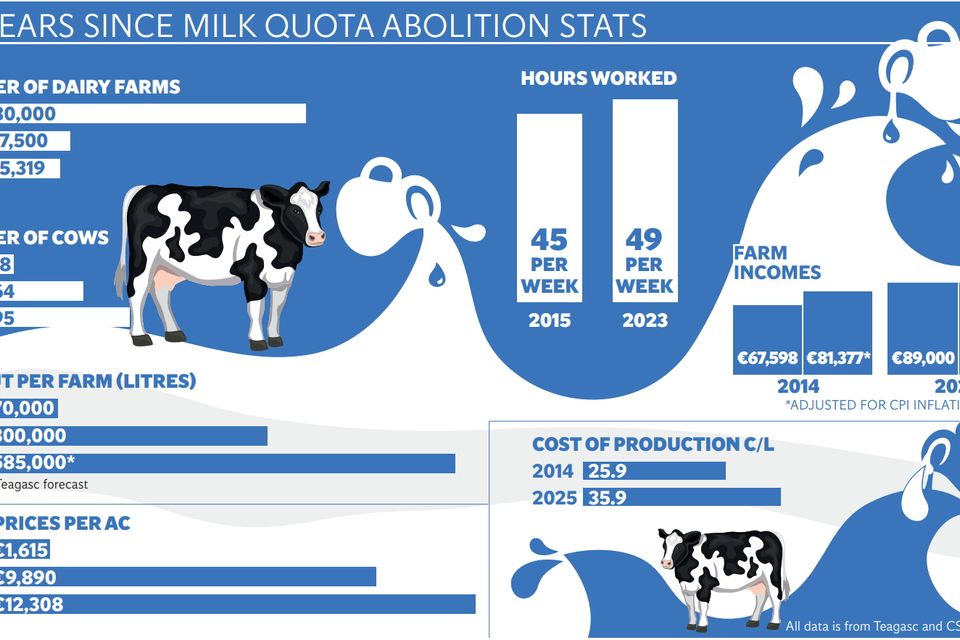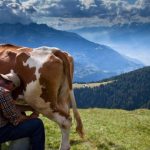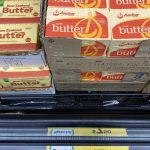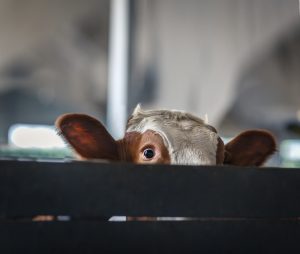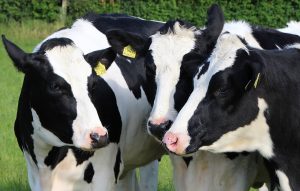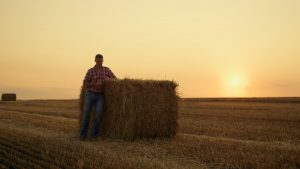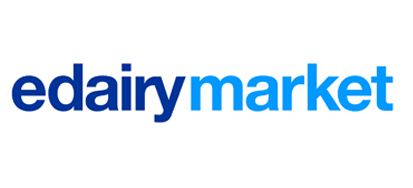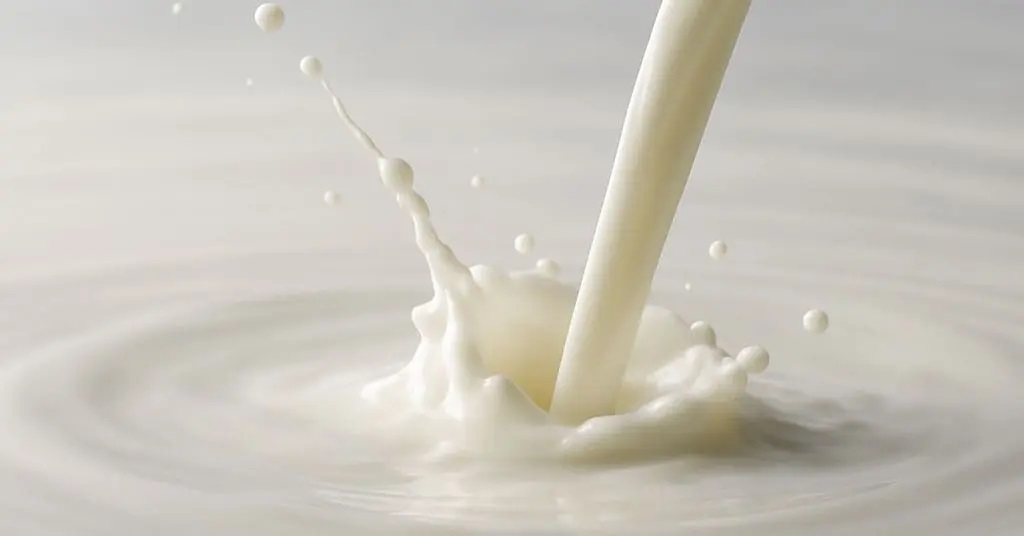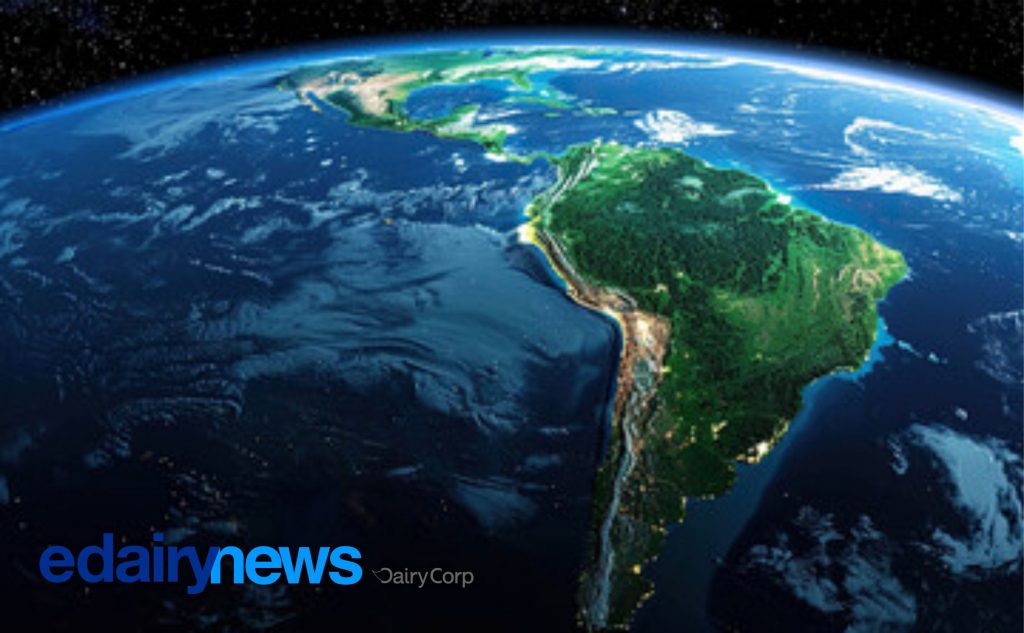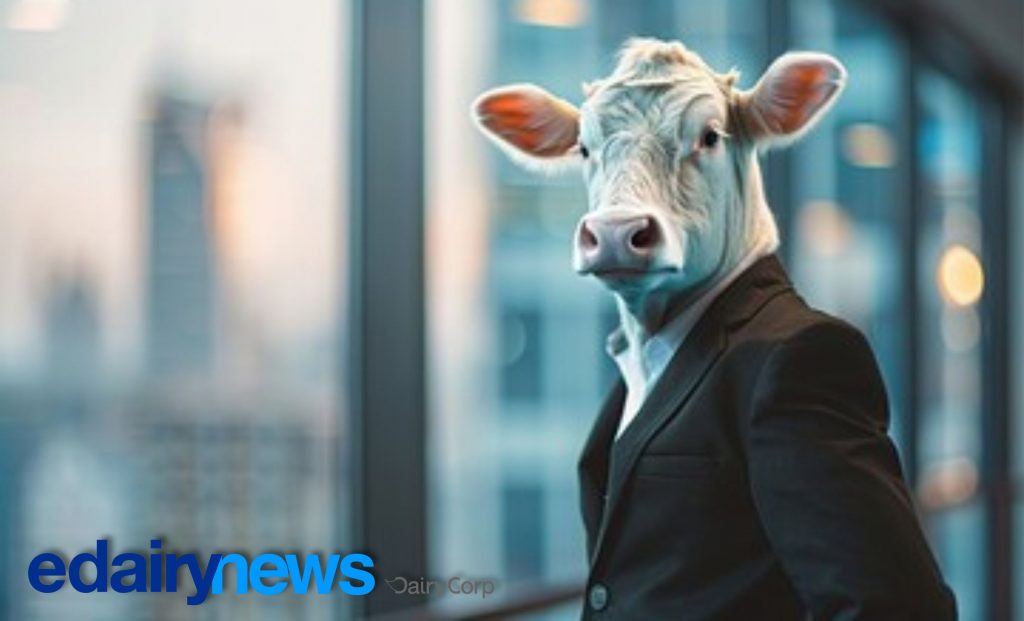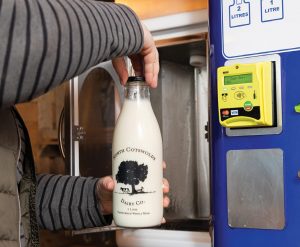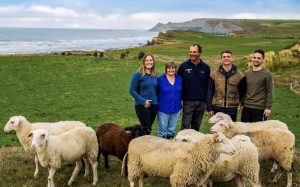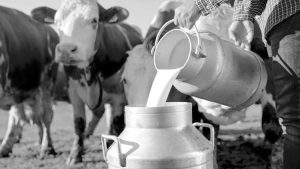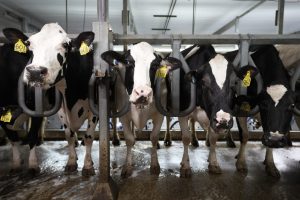
“The past is a foreign country – they do things differently there.”
Ten years ago, on a crisp spring morning in Dublin’s Agriculture House, Ireland’s top agriculture officials gathered to mark a historic moment. Aidan O’Driscoll, then secretary general of the Department, spoke of a new era as dairy farmers woke up to life without quotas for the first time in three decades.
Over a breakfast laden with Ireland’s finest dairy products, Agriculture Minister Simon Coveney declared the quota-free system the biggest policy shift for Rural Ireland in a generation.
Gone were the strict production limits that had defined the industry since the 1980s. The number of dairy farmers had fallen from 80,000 to just 18,000, with many forced out by the constraints of the old system.
But now, with Ireland’s “natural competitive advantage” unleashed, farmers were promised the chance to dream bigger, expand their herds and drive a dairy renaissance.
Has the reality matched the promise?
Looking at key economic indicators, the answer seems to be yes.
The average annual milk cheque to farmers has tripled, pumping billions into the rural economy. Dairy farmers are milking more cows, producing more milk and milk solids, and operating on larger farms than ever before.
Hours worked

However, the expansion has come with challenges. Farmers are working longer hours – an average of four extra hours per week – while rising costs and general inflation have eroded much of the income gained.
According to Teagasc economist Trevor Donnellan, the elimination of milk quotas was undoubtedly transformative for the Irish dairy sector, delivering significant economic benefits by enabling unprecedented production growth and export opportunities.
It took just three years for the sector to hit its 50pc milk production growth target, with farms increasing in size, stocking rates and milk output per cow.
Mr Donnellan notes that the arguments for quota removal proved remarkably accurate, particularly in terms of export opportunities that had previously been restricted by EU regulations.
“We knew there were great export opportunities outside the EU,” he says. “Ireland has now been recognised as a major dairy exporter, which is surprising considering our small country size.”
The sector’s competitiveness improved dramatically, making Irish dairy products more price-competitive on global markets.
Land prices per acre (€)

Farm incomes reflect this success. Where dairy farmers once aspired to earn the average industrial wage, they now typically make nearly twice that benchmark.
However, this prosperity comes with significant volatility – the difference in average farm income between 2022 and 2023 was nearly €100,000, highlighting the sector’s financial unpredictability.
The rapid expansion of the dairy sector has also created significant environmental challenges. Mr Donnellan points to a critical paradox: while farmers have adopted new technologies to reduce their environmental impact, the sheer scale of production growth has offset many of these gains.
“We bought a car with a smaller engine, but drove more miles,” he says.
Ireland has developed sophisticated environmental tracking systems, providing more comprehensive data on agricultural emissions than most EU countries. However, greenhouse gas concerns have escalated more quickly than anticipated, driven by both rapid dairy expansion and increasing policy pressure.
The social impact of expansion has been equally profound. Farmers are working harder and managing increasingly complex operations. Labour shortages are a growing problem, with fewer young people choosing dairy farming as a career.
“Well-educated children of dairy farmers are finding the profession less appealing,” Mr Donnellan says. Many older farmers are now turning to robotic milking technology to extend their farming careers and reduce labour demands.
Dairy expansion has also created income disparities within the wider agricultural sector. Dairy farmers have dramatically outpaced tillage farmers in earnings, at times making up to 10 times more than their counterparts in arable farming.
Despite these challenges, Mr Donnellan believes there is no significant support for returning to a quota system. He describes the previous regime as restrictive, stifling expansion and innovation.
While the market-based approach has introduced volatility, it has also created more opportunities for ambitious farmers.
10 years since milk quota abolition

A national success story
Renowned agricultural consultant and dairy industry commentator Mike Brady views the past decade as a national success story.
“Other countries admire what has been achieved. The most important lesson is that the nation made a plan and executed it. It was a joined-up national approach – farmers, researchers, advisors (public & private), colleges, processors, DAFM, Bord Bia, and Government. When everyone puts their shoulder to the wheel, anything is possible,” he says.
Mr Brady highlights that many rural businesses have flourished as a result of dairy expansion. Farmers who planned for growth between 2007 and 2015 have largely succeeded in implementing their strategies.
“Most farm developments happened pre-Covid, avoiding the huge inflation in capital investment since. In fact, the majority of farmers took out 10- to 15-year loans, which are now almost fully repaid,” he says.
He believes most dairy farmers have now reached their ‘sweet spot’ in terms of herd size and operational capacity. However, he warns that converting from beef or tillage to dairy is no longer viable, due to the high cost of infrastructure and facilities.
“So those who are in and developed hold a strong position in the industry,” Mr Brady says.
Looking ahead
While challenges remain – water quality regulations, greenhouse gas emissions, biodiversity concerns, and on-farm labour shortages – Mr Brady remains optimistic.
“Yes, these issues exist, but they will be overcome in the medium term,” he says.
You can now read the most important #news on #eDairyNews #Whatsapp channels!!!
🇺🇸 eDairy News INGLÊS: https://whatsapp.com/channel/0029VaKsjzGDTkJyIN6hcP1K
